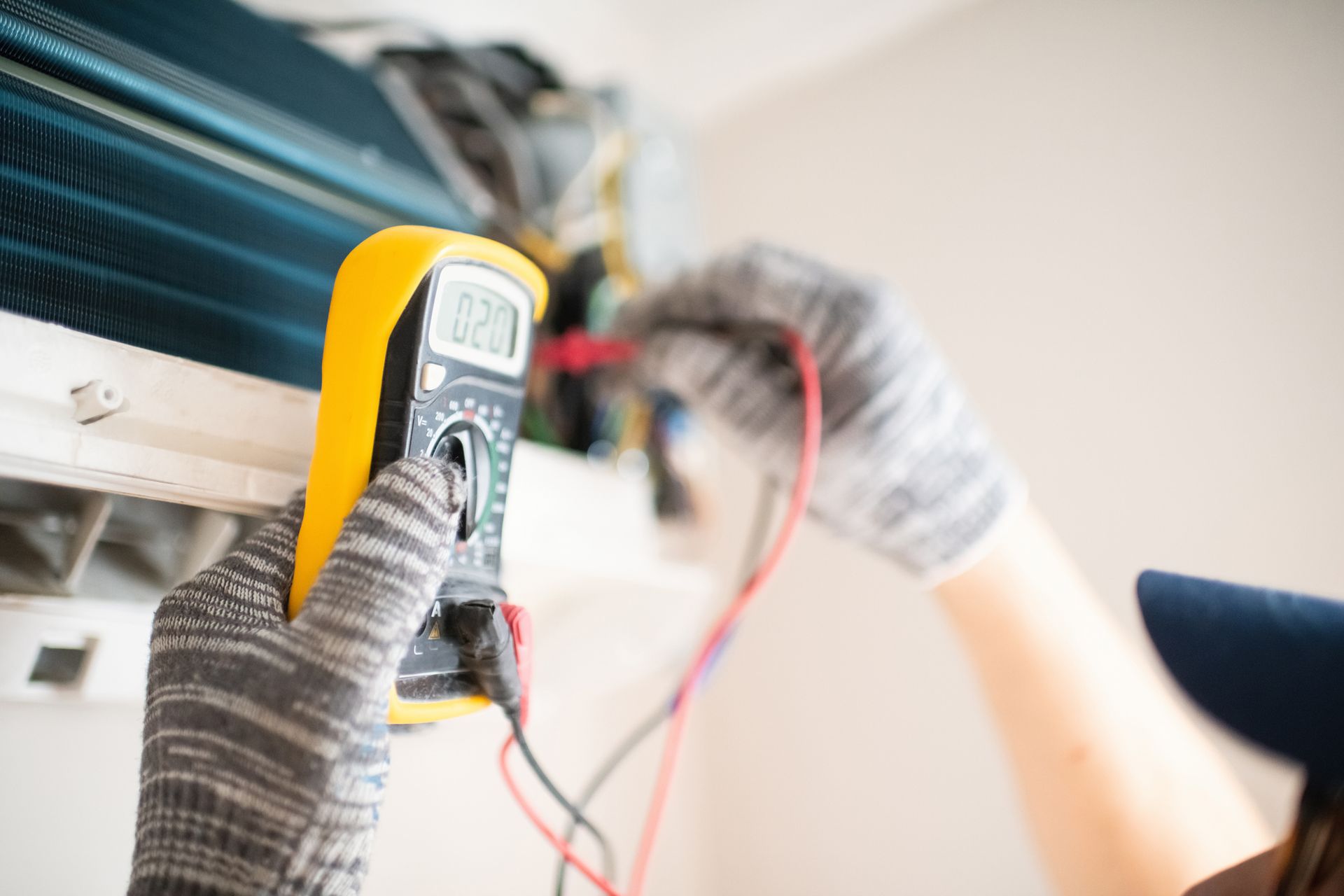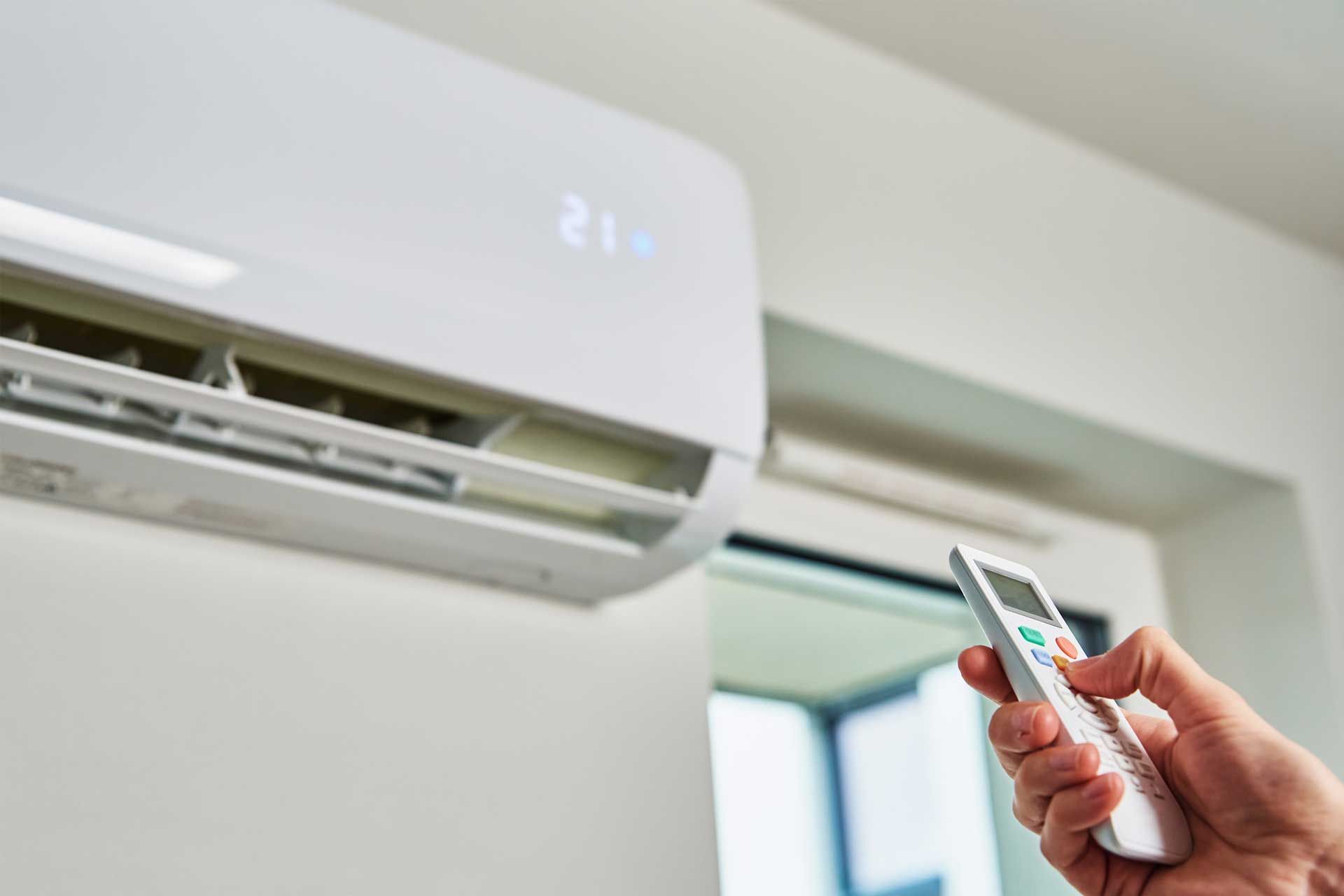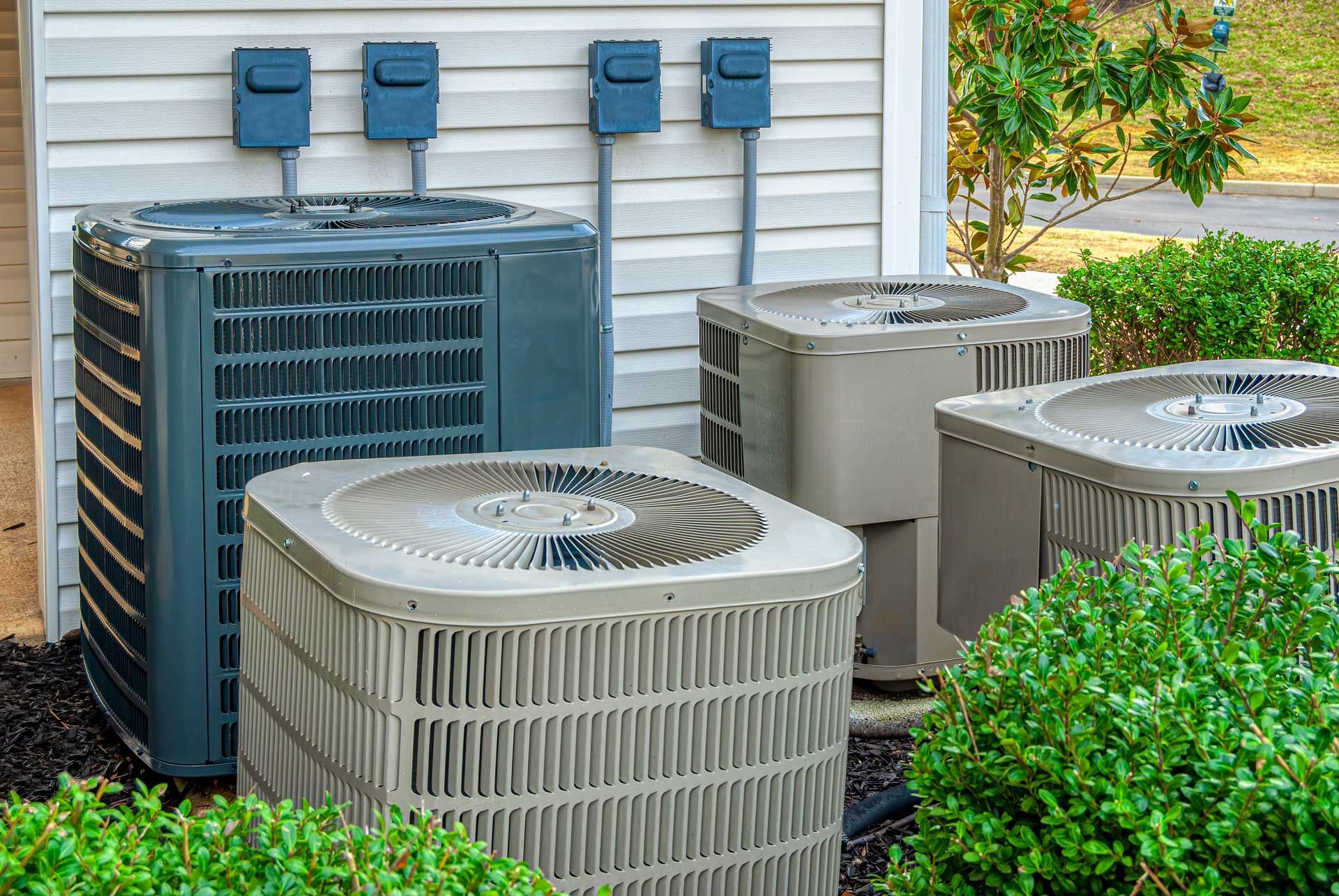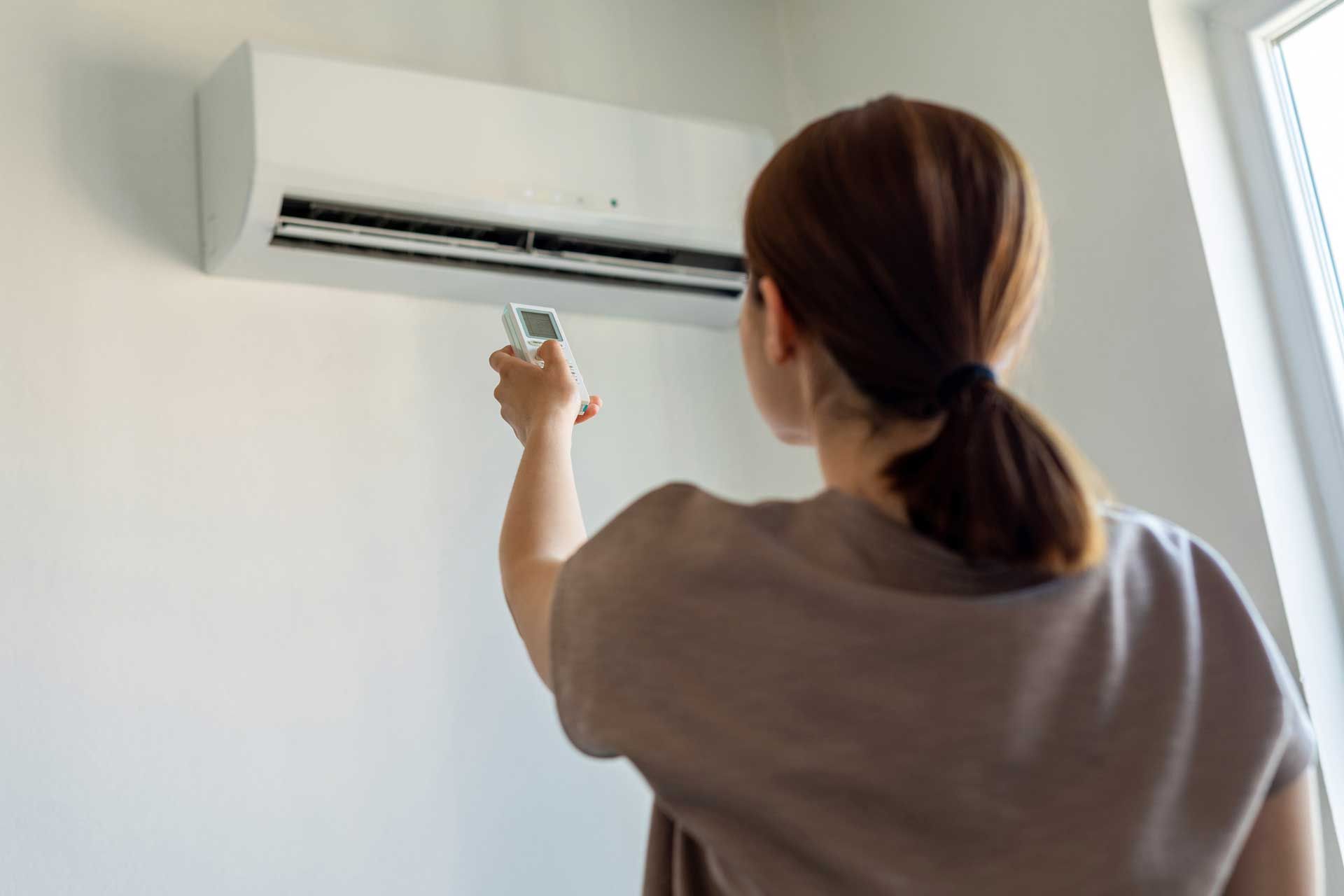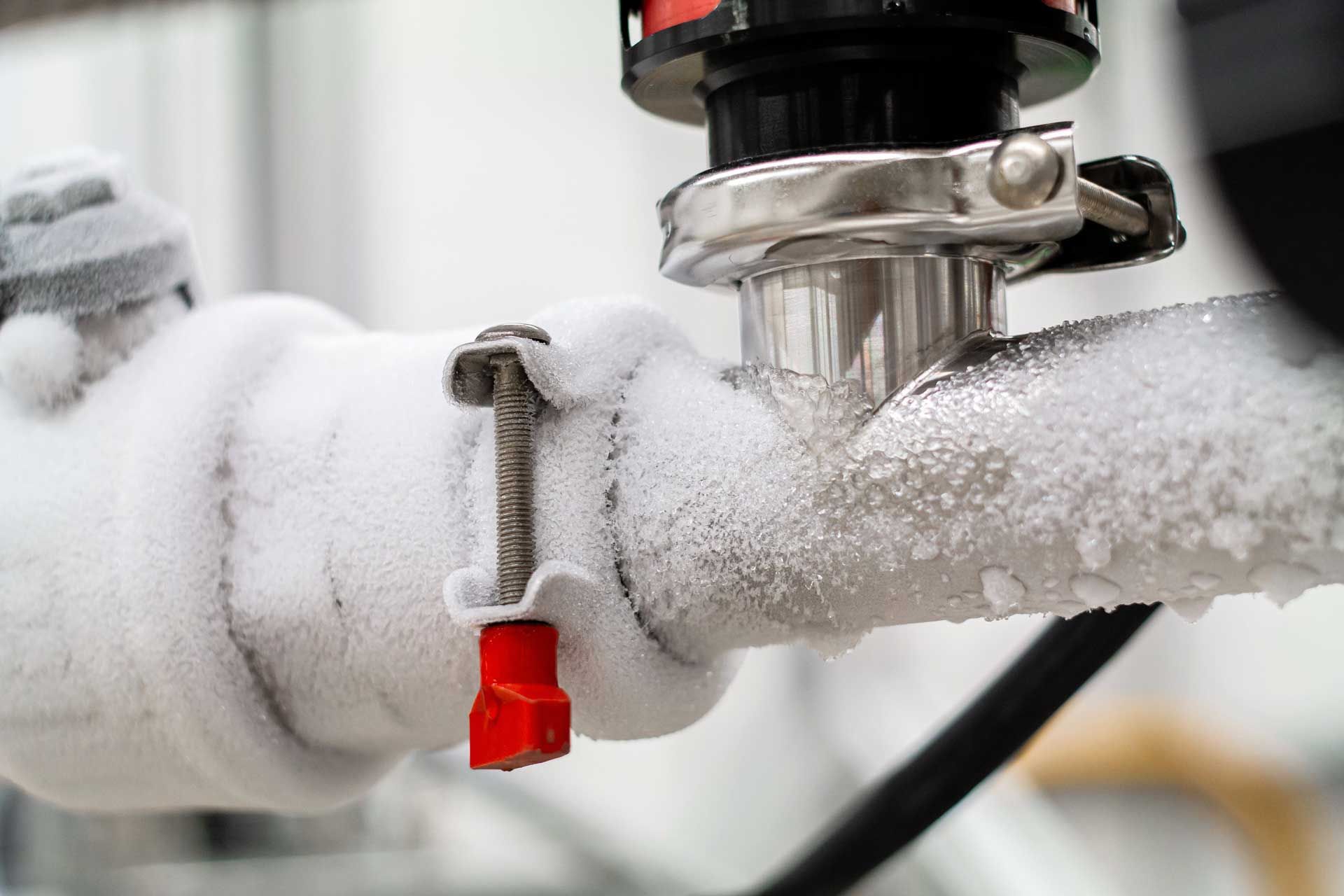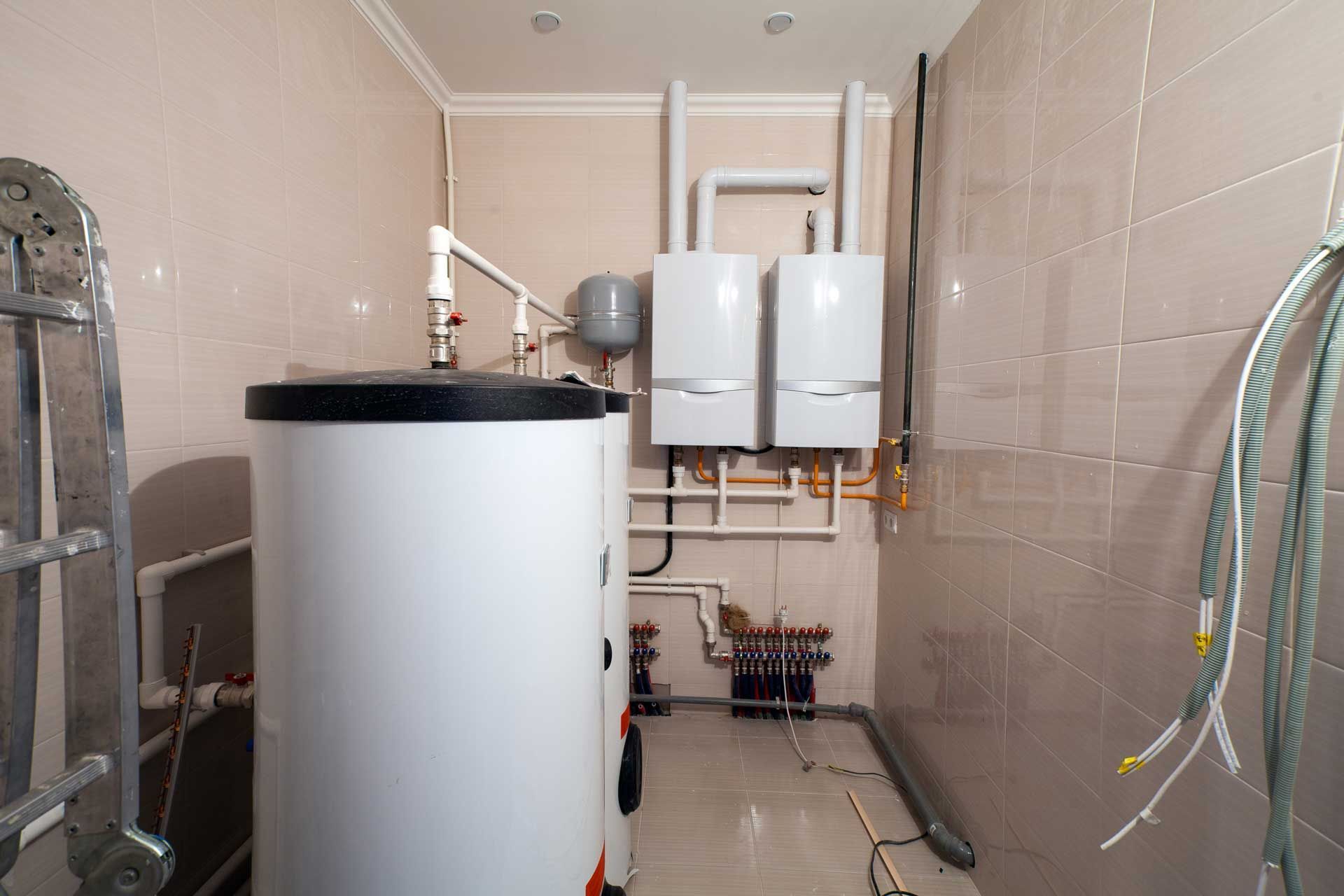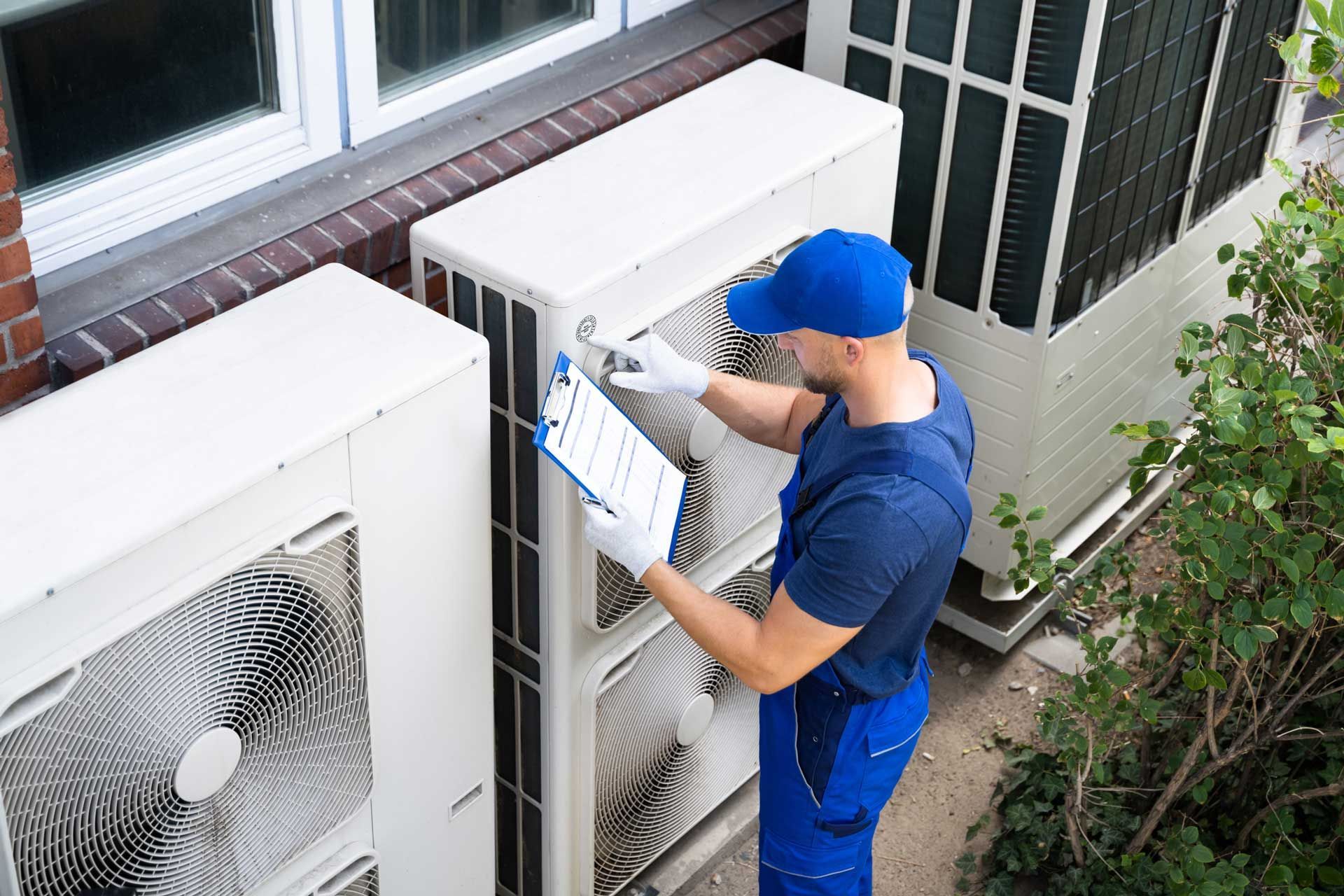Is it Time to Get Your Furnace Ready for Winter?
December 18, 2017

As winter approaches, now is the time of year to make sure your home's furnace is ready for the upcoming heating season. You don't want your heater to fail on a cold January night because an issue wasn't taken care of before the cold truly set in. If you haven't already, here's how to get your home's furnace ready for winter.
Switch Your Thermostat to Heat
First, make sure you've switched your thermostat to heat. Some smart thermostats today automatically switch over from cool to heat when appropriate, but many models in homes still have to be manually switched between modes. This is a simple step, but it's one that some homeowners forget - and then wonder why their furnace won't turn on.
Most thermostats have intuitive controls, and homeowners can usually figure out how to switch between modes without an issue. If your thermostat's confusing, check its user's manual to see how to switch between modes.
Open All Heating Vents
Second, go through your hose and open all the heating vents, even in rooms that you won't be using. Counter-intuitively, opening all heating vents will ensure that your home's furnace is working as it's designed to and efficiently. Closing vents increases pressure in the system, which forces the furnace to over-work and wastes energy.
As you open all heating vents, also close any cooling-only vents. Some cooling vents may have a switch that closes them, but not all do. If yours don't have a manual switch you can close with them, look for an appropriately sized cover at your local hardware store. Covering the vents will serve the same function as manually closing them.
If you use guards to direct the heat that comes out of vents in a particular direction (e.g. away from a window), now is also the time to place these guards. Just set them over the vents so they're directed toward where you'll want heat to go.
Get Your Furnace Inspected
Third, have your furnace inspected by a licensed HVAC technician. A technician will check your furnace's condition for both safety and reliability, and they might also make recommendations to improve your home's heating efficiency. A furnace inspection may include:
- replacing the furnace's air filter
- inspecting the furnace's chimney for soot and debris
- (e.g. animal nests) dusting the furnace's burners oiling
- the furnace's blowers
There isn't a standard set of services that all furnace inspections include, so ask your HVAC technician to leave a list of what they did. This list may be helpful on future service calls, if a tech wants to know what's previously been done to your furnace.
Get Your Air Ducts Cleaned
Fourth, schedule an air duct cleaning if it's been a while since you had one. Over time, dust builds up inside a home's heating ducts. When enough dust accumulates, it can decrease efficiency and get blown into the rooms where heat is being directed. The National Air Duct Cleaners Association recommends having this dust cleaned out every three to five years.
Many HVAC service companies that offer furnace inspections also do air duct cleanings. The equipment required is different, though. You'll likely be able to combine the two services into a single appointment, but you'll need to request both services.
Test Your Home's Furnace
Finally, test out your home's furnace once it's been fully prepared for winter. As a final check, turn the thermostat up so that the furnace kicks in. it should promptly heat your home, in which case the furnace is ready for the coming cold.
To have your home's furnace inspected
, contact us at Preferred Mechanical Services.

